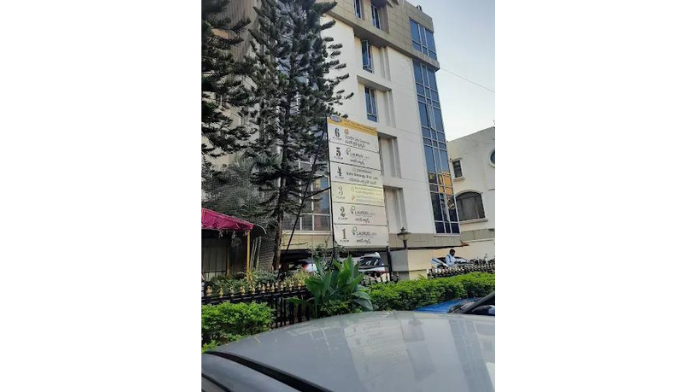The Qingdao Institute of Bioenergy and Bioprocess Technology (QIBEBT) at the Chinese Academy of Sciences has introduced a droplet-based printing platform that enables precise and high-throughput distribution of target droplets for downstream multi-omics analysis. This technology addresses a challenge in genome synthesis and editing technologies, providing a solution for droplet-based single-cell phenotype screening.
Traditional screening methods, such as agar plate and microplate screening, have limitations in terms of quantification, accuracy, and throughput. Droplet microfluidics-based tools offer the potential for ultra-high throughput screening, but existing sorting strategies face challenges in efficiently separating target droplets for subsequent analysis.
The newly developed droplet printing platform follows a “one droplet per well” approach, allowing for scalable, cost-effective, and fully automated single-cell phenotype capture and screening. The platform consists of four main modules: a pump-driven microfluidic chip module, an automatic optical signal recognition module, a high-pressure control module, and an automated mobile platform module.
The microfluidic chip module incorporates embedded optical fibres that introduce red light-emitting diodes. As sorted target droplets pass through the detection window, the connected photodiodes identify them and generate signals.
The platform’s unique features include online droplet generation and the ability to accurately print incubated or sorted droplets on demand. This capability converts “target droplet groups” into “individual target droplets,” facilitating downstream phenotype studies at the single-cell level.
Additionally, the platform incorporates an optical detection module based on optical fibre transmission, enhancing droplet printing accuracy and avoiding complex optical path systems. The concise and integrated system is compatible with a broader range of downstream experimental scenarios, including mass spectrometry, cell culture dishes, and 96-well plates.
The researchers, led by co-corresponding author Prof. Ma Bo, plan to integrate this high-precision on-demand single-droplet printing platform with existing single-cell Raman sorting instruments, such as FlowRACS and RACS-Seq/Culture. This integration aims to achieve fully automated, high-precision, and high-throughput functional single-cell identification, separation, culture, and export for complex biological systems like microbiomes and large-scale mutant libraries.
Prof. Xu Jian, head of the Single-Cell Center at QIBEBT, envisions the integration opening up new possibilities for large-scale single-cell functional studies. This comprehensive solution holds potential applications in biobanking, synthetic biology, precision medicine, deep-sea/deep-Earth/deep-space exploration, and biosecurity.



